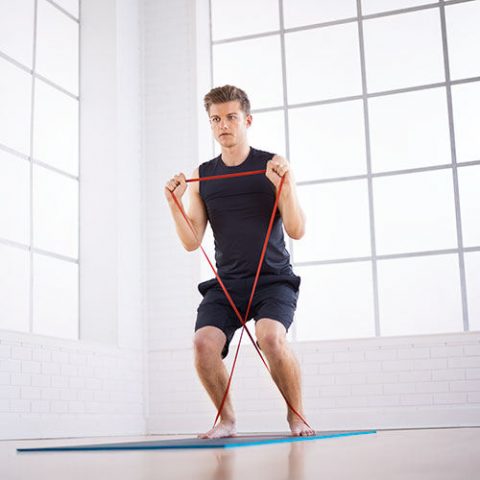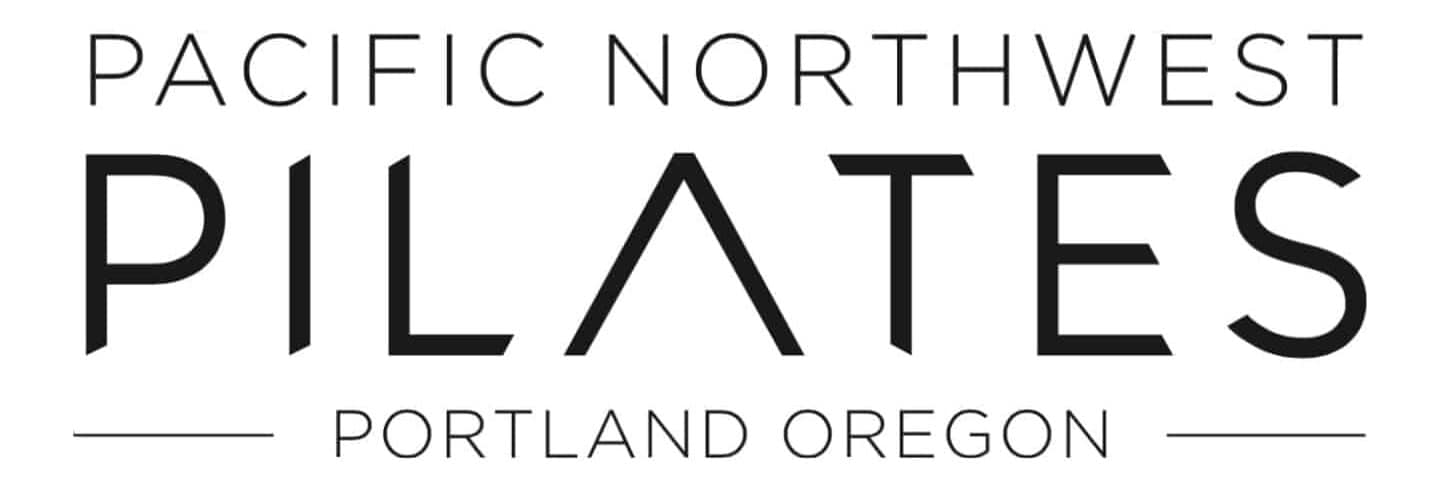So imagine a silvery-white material flexible and sturdy in equal measure—a substance the surrounds and penetrates every muscle, coats every bone, covers every organ and envelops every nerve. Fascia keeps everything separate but interconnected at the same time. It is the tissue, that up until recently, was thought to be inert and lifeless. (Shleip 2005, Schleip at al, 2006) Welcome to the fascia, and the fascial web.”
— Fascia – What it is and Why it Matters, David Lesondak
Ongoing research about the role of fascia and its importance in promoting functional, dynamic movement and injury prevention means taking a different approach to exercise.
The Merrithew™ Fascial Movement Foundation Course, Level 1. takes an in-depth look at the structure and nature of fascia—the connective tissue that weaves throughout all the organs, muscles and bones of the body, and a crucial element in maintaining overall health and optimal physical function. Participants leave understanding the anatomy of fascia—what it’s made of, how the cells sense and respond to stimuli (tension created when you move, for example) and how it organizes itself along lines of pull. The ability to train and change fascia starts with understanding what it is and how it behaves.
Fascial Fundamentals
Fascia forms a continuous tensional network throughout the body investing every organ, every tissue, even down into the cells. It can be slimy, stretchy, tough, strong and everything in between. It can be fine and web-like or wet with dewdrops. It is the structure of our organs. It is sometimes said that fascia, which includes the extra-cellular matrix (ECM), is everything in the body that isn’t a cell. Our fascial system begins to develop at about two weeks gestation. It becomes the scaffolding upon which all other structures grow. (Myers)
Revolutionary research in the field of fascia now shows that it plays a strong role in injury prevention and healing. Like the musculoskeletal system, the fascial system changes in response to repeated stress and injury. Small changes in the fascia, in one area of the body, can ripple and affect the body as a whole.

Visit Fascial Landscapes
It’s easy to read about fascia but how do you know when fascia is healthy or not? The Merrithew™ Fascial Movement Foundation Course, will help participants discover the qualities of prestress, pretension and compression within your own body so you can use it as a tool with clients who have pain or injuries. You’ll experience fascia’s response to various training protocols like jumping, stretching and proprioceptive input throughout the course through exploratory exercise and procedures, and learn to identify when fascia is slimy and shiny (well-hydrated) or sticky and fuzzy (bound down).

From Perplexing to Practical
Merrithew blends the art of teaching and science of fascia in its four movement Merrithew Fascial Movement Variables. These variables—Bounce, Sense, Expand and Hydrate—provide the movement practitioner with a platform to develop a fascia-inspired movement library suitable for a variety of clients and conditions.
Ready to explore fascia more? Join Melanie Byford-Young for the Merrithew™ Fascial Movement Foundation Course at Pacific Northwest Pilates for an intensive, in-depth weekend of exploration into the latest research findings on the neuromyofascial skeletal system.
Pacific Northwest Pilates is studio, school and fitness family under one roof. Click to learn more about our education courses and workshops, private studio sessions and group classes. Or call for details: (503) 292-4409.

